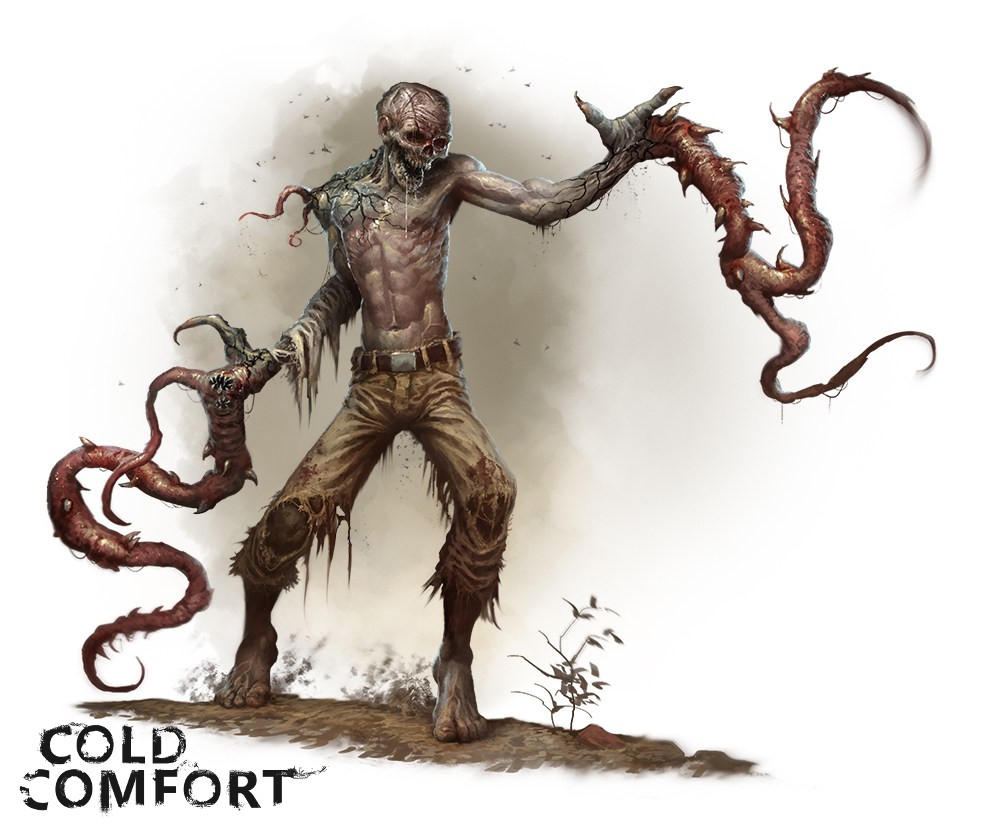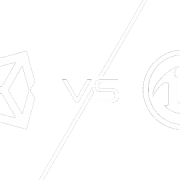Public Service Announcement
This is an emergency broadcast. This is not at test.
The following message is transmitted at the request of the Global Center for Disease Control and Prevention and the International Defense Force.
An unidentified virus strain is rapidly spreading across the entire nation.
The authorities recommend that the following actions should be taken by the members of the public:
Stay indoors if at all possible and barricade windows and doors. Avoid contact with infected individuals at all costs. Individuals infected with the virus are highly aggressive and and have been reported to bite victims. Bite victims should be quarantined.
The first reports of the virus are believed to have been Angers, Louisiana, Wayne County.
The virus has since spread throughout the state of Louisiana and neighboring Arkansas and Mississippi.
New reports state that independent outbreaks have been reported on in Los Angeles, Washington DC and New York City, but have yet to be confirmed.
This virus is thought to be a mutation of the deadly Gamma Strain, but this has not been substantiated.
This message will repeat.





